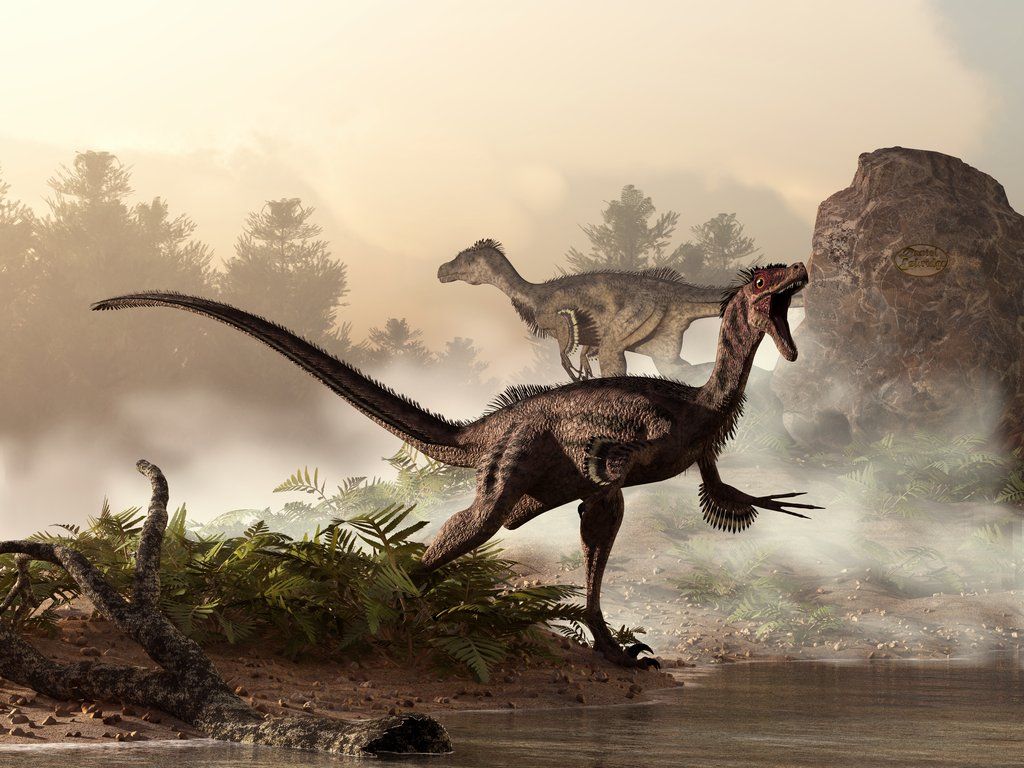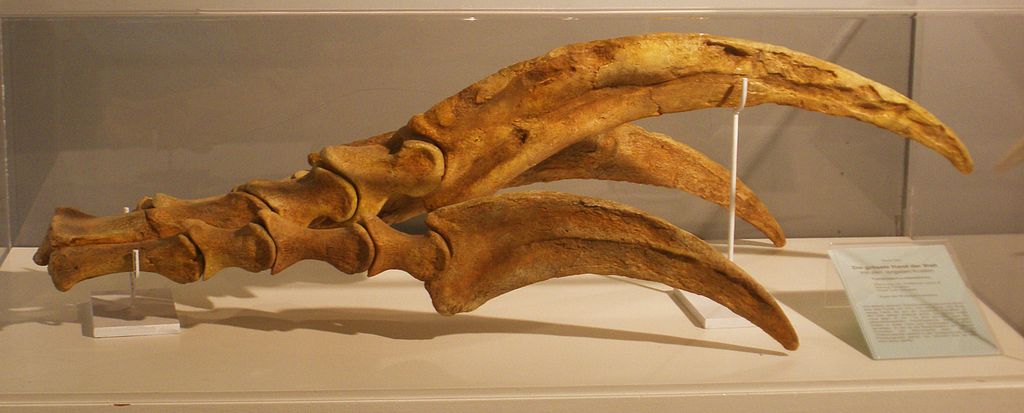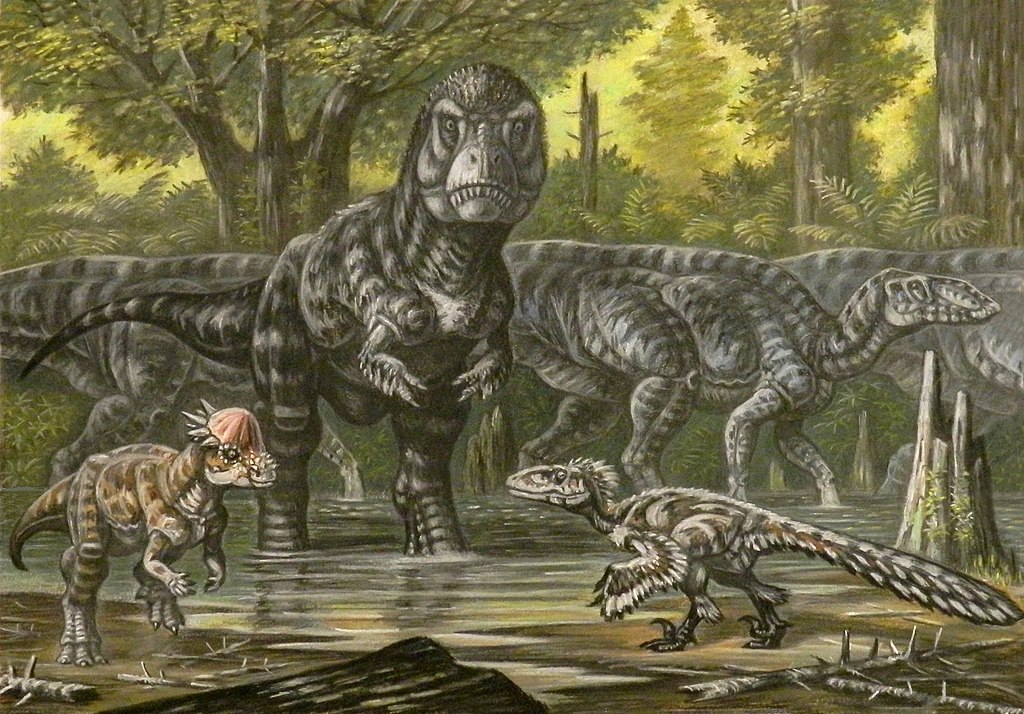Picture this: you’re watching Jurassic Park, and that infamous kitchen scene comes on. The raptors are hunting, their claws clicking against the floor, and then—click—one of them figures out how to open a door handle. Your heart races as you wonder: could this actually happen? The question isn’t just movie magic; it’s a fascinating dive into prehistoric intelligence, anatomy, and behavior that has captivated scientists and dinosaur enthusiasts for decades.
The Real Velociraptor: Separating Fact from Fiction

The Velociraptors we see in movies are dramatically different from their real-life counterparts. True Velociraptors were actually about the size of a large turkey, standing roughly 1.6 feet tall and weighing around 33 pounds. They lived approximately 75 million years ago in what is now Mongolia and northern China.
These feathered predators were covered in plumage, likely for display and temperature regulation. Their most distinctive feature was the large, curved claw on each foot, which they used for hunting and climbing. Unlike the massive, human-sized beasts portrayed in Hollywood, real Velociraptors were relatively small but incredibly agile hunters.
Anatomy of a Predator: Understanding Raptor Hands

Velociraptor hands were remarkably sophisticated for their time. Each hand featured three functional fingers with sharp, curved claws that could grasp and manipulate objects. The fingers were capable of significant flexion and extension, allowing for a surprisingly strong grip.
The bone structure shows evidence of powerful muscles that controlled these digits. Scientists have found that the hands could rotate partially, giving them a range of motion that was quite advanced for non-avian dinosaurs. This anatomical capability suggests they could potentially interact with objects in ways that might surprise us.
However, their hands faced palms inward rather than downward like humans. This orientation would make certain gripping motions more challenging but wouldn’t necessarily prevent all forms of manipulation.
Intelligence Assessment: How Smart Were Velociraptors?
Brain-to-body ratio studies indicate that Velociraptors were among the more intelligent dinosaurs of their era. Their brains were proportionally larger than many contemporary species, suggesting enhanced cognitive abilities. Paleontologists estimate their intelligence might have been comparable to modern birds like ravens or parrots.
Evidence from fossil sites shows they may have engaged in complex hunting behaviors and possibly even rudimentary problem-solving. Some researchers believe they could have used tools or coordinated group tactics, though this remains debated in the scientific community.
Their large eyes and well-developed visual cortex suggest they were highly visual animals, capable of processing complex spatial information. This visual acuity would have been crucial for both hunting and potentially understanding mechanical relationships between objects.
The Mechanics of Door Opening
Opening a door requires understanding several mechanical principles: leverage, rotation, and cause-and-effect relationships. Modern door handles typically require either a turning motion (for knobs) or a downward push (for levers). Each type presents different challenges for non-human anatomy.
Lever-style handles would theoretically be easier for a Velociraptor to manipulate than round knobs. The downward pressure required aligns better with their natural claw-gripping motion. Round knobs would require a twisting motion that might prove more difficult given their hand orientation.
The force required to open most doors is well within a Velociraptor’s physical capabilities. Adult specimens could easily generate enough pressure to push or pull a door open once the latch mechanism was disengaged.
Observational Learning in Ancient Predators
Modern research on animal intelligence shows that many species can learn through observation and trial-and-error. Ravens, for instance, can solve multi-step puzzles after watching demonstrations. If Velociraptors possessed similar cognitive abilities, they might have been capable of learning door-opening behavior.
The key question is whether they could make the connection between manipulating a handle and the door opening. This requires understanding causation—a cognitive ability that varies significantly among animal species.
Repeated exposure to doors and handles might have allowed particularly intelligent individuals to eventually figure out the mechanism. However, this would likely require multiple attempts and possibly some accidental discoveries.
Fossil Evidence and Behavioral Clues

Fossil evidence provides intriguing hints about Velociraptor behavior and capabilities. Trackways show they moved in coordinated groups, suggesting some level of communication and planning. One famous fossil, “Fighting Dinosaurs,” shows a Velociraptor locked in combat with a Protoceratops, demonstrating their bold hunting strategies.
Bone bed discoveries indicate they may have engaged in pack hunting, requiring coordination and possibly even role specialization. This level of behavioral complexity suggests cognitive abilities that could potentially extend to problem-solving scenarios.
The preserved brain cases (endocasts) show enlarged areas associated with spatial processing and motor control. These neurological features are consistent with animals capable of complex manipulation tasks.
Comparative Analysis with Modern Animals
Looking at modern animals provides valuable insights into this question. Many birds, particularly corvids and parrots, can manipulate latches and open containers. Some primates regularly open doors and understand mechanical relationships. Even some domestic animals have learned to open doors through observation and practice.
Octopi represent perhaps the most impressive example of door-opening ability in the animal kingdom. Despite lacking vertebrate intelligence, they can unscrew jar lids and navigate complex puzzle boxes. This demonstrates that door-opening doesn’t necessarily require mammalian or avian intelligence levels.
However, these modern examples all involve animals that have had extensive exposure to human-made mechanisms. Wild animals rarely encounter such devices, making the learning process much more challenging.
The Physics of Prehistoric Problem-Solving

Understanding leverage and mechanical advantage would be crucial for door operation. Velociraptors demonstrated sophisticated understanding of physics in their hunting techniques, using their large toe claws as anchors while slashing with their other claws. This suggests they intuitively grasped some mechanical principles.
Their climbing abilities, evidenced by their claw structure and muscle attachments, indicate they understood how to use their body weight and leverage to their advantage. These same principles apply to door operation, where leverage and applied force are essential.
The question becomes whether they could transfer these physical concepts from their natural behaviors to an artificial mechanism like a door handle. This cognitive leap represents a significant challenge even for intelligent animals.
Time and Motivation: The Learning Curve

Even if Velociraptors possessed the physical and mental capabilities to open doors, the learning process would likely be lengthy. Modern animals that learn door-opening typically require numerous attempts and strong motivation, such as food rewards or territorial needs.
In a natural setting, Velociraptors would have little reason to interact with doors, making the learning opportunity virtually non-existent. However, in a captive environment with regular exposure, the possibility increases significantly.
The motivation factor cannot be understated. Animals are most likely to learn complex behaviors when there’s a clear benefit. Hunger, curiosity, or the desire to escape confinement could provide sufficient motivation for persistent attempts at door manipulation.
Environmental Factors and Adaptation
The environment plays a crucial role in shaping animal behavior and learning. Velociraptors evolved in diverse habitats, from forests to semi-arid regions, requiring adaptability and problem-solving skills. This environmental pressure likely contributed to their relatively high intelligence among dinosaurs.
Their social structure, possibly involving pack hunting and communication, would have provided opportunities for learning through observation. If one individual figured out door operation, others might learn by watching and mimicking.
Climate and seasonal changes in their natural habitat would have required flexible thinking and adaptation. These same cognitive abilities that helped them survive environmental challenges could potentially be applied to mechanical problem-solving.
The Role of Feathers and Sensory Input

Recent discoveries about Velociraptor feathers add another dimension to this question. Feathers provided enhanced sensory feedback, allowing them to detect air currents and subtle environmental changes. This heightened sensitivity might have helped them understand the relationship between their actions and mechanical responses.
Their feathers also suggest advanced thermoregulation and possibly display behaviors, indicating sophisticated neural control. The brain regions controlling these complex behaviors might have had the capacity for other forms of learned behavior.
The tactile feedback from their feathered hands and arms could have provided crucial information about pressure, resistance, and movement when interacting with objects. This sensory input would be essential for learning to manipulate door mechanisms effectively.
Experimental Approaches to the Question
Scientists have attempted various approaches to understand dinosaur intelligence and capabilities. Computer simulations based on brain structure and body mechanics suggest that some level of tool use and manipulation was possible. However, these models have significant limitations and uncertainties.
Comparative studies with modern birds, particularly those with similar brain structures, provide the most reliable insights. Ravens and some parrots demonstrate door-opening abilities that might serve as models for Velociraptor capabilities.
Biomechanical analyses of fossilized hand bones show the range of motion and grip strength that would have been available. These studies suggest that the physical requirements for door operation were well within their capabilities, though the cognitive requirements remain more speculative.
Modern Implications and Scientific Debate

The door-opening question has sparked significant debate among paleontologists and animal behaviorists. Some argue that the cognitive abilities required are too sophisticated for non-avian dinosaurs, while others point to evidence of complex behaviors in fossil records.
This debate reflects broader questions about dinosaur intelligence and the evolution of cognitive abilities. Understanding these prehistoric minds helps us better comprehend the development of intelligence in the animal kingdom.
The question also has practical implications for how we think about animal cognition and environmental enrichment in modern settings. If ancient predators could potentially learn such complex behaviors, what does this tell us about the capabilities of modern animals in captivity?
The Verdict: Weighing the Evidence
After examining the anatomical, cognitive, and behavioral evidence, the answer appears to be a cautious “possibly.” Velociraptors possessed the physical capabilities, had sufficient intelligence indicators, and demonstrated complex behaviors that suggest door-opening might have been within their abilities under the right circumstances.
The key factors would have been motivation, opportunity, and time for learning. In a natural setting, these conditions would rarely align. However, in a controlled environment with repeated exposure and strong motivation, an individual Velociraptor might eventually figure out the mechanism.
While we may never know for certain, the scientific evidence suggests that these remarkable predators were more capable than we might initially assume. Their combination of physical dexterity, problem-solving abilities, and adaptive intelligence creates a compelling case for their potential door-opening capabilities. What other prehistoric mysteries might surprise us if we could observe these ancient hunters in action?




